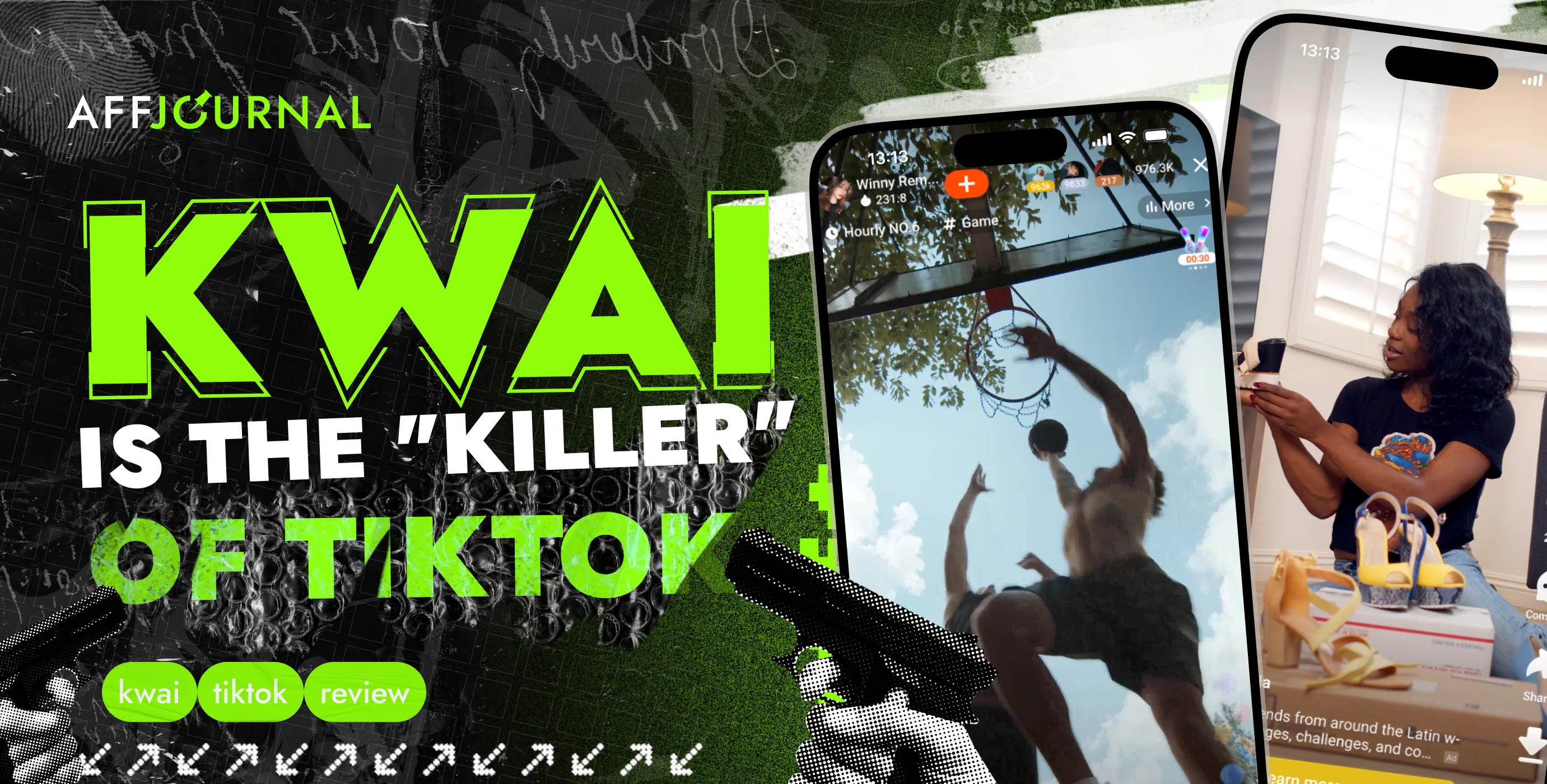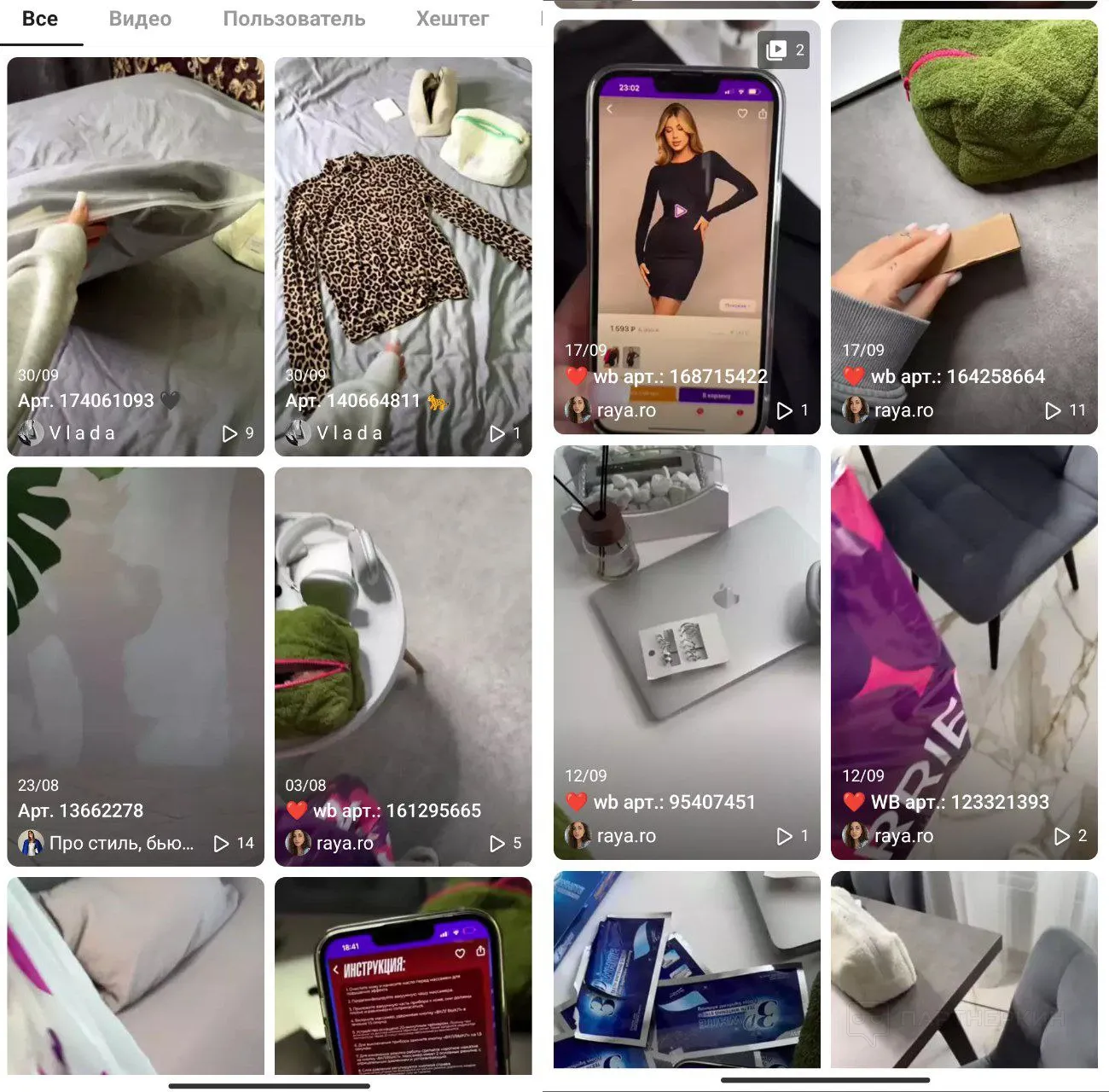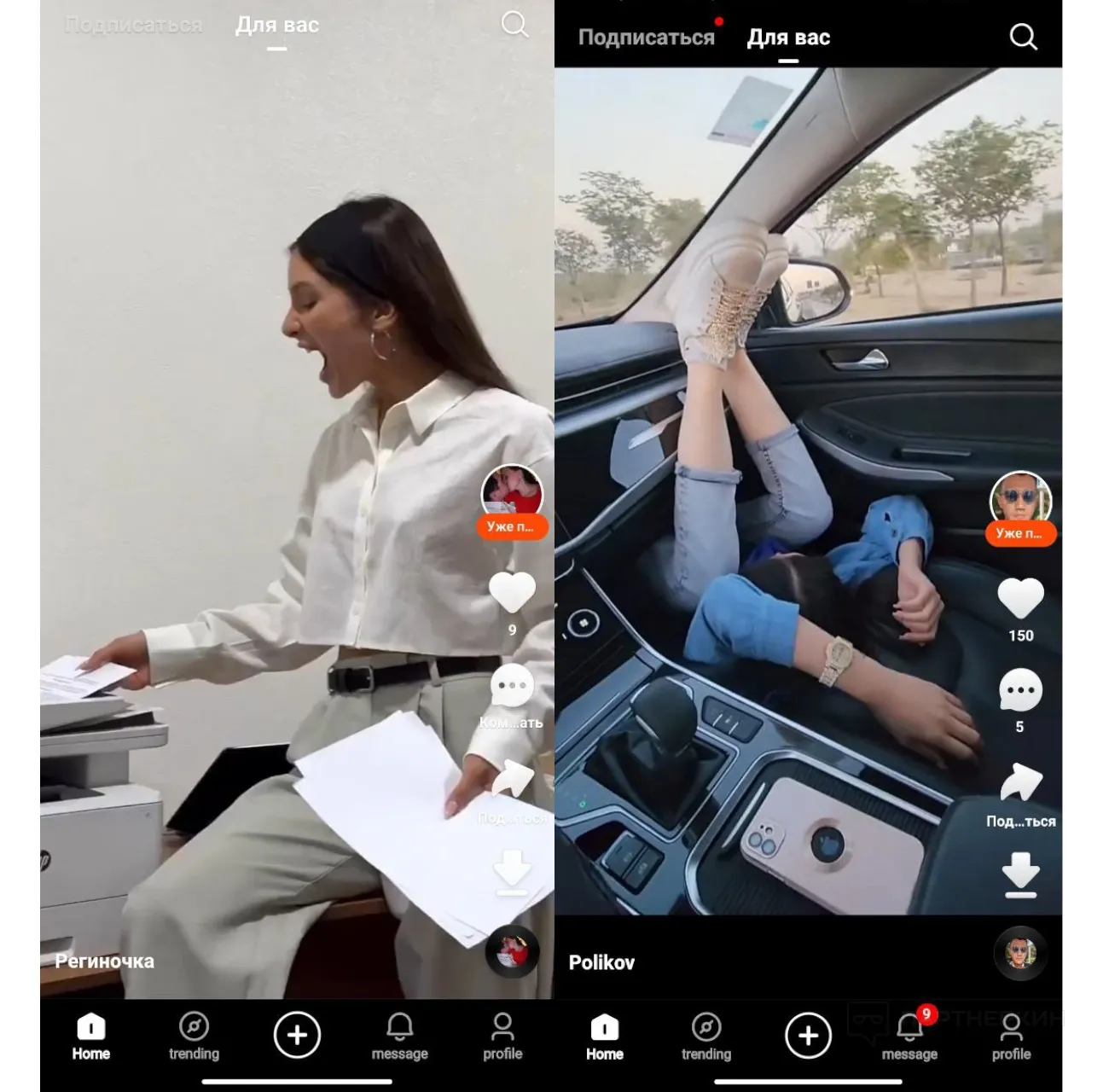

by Editor
Kwai, or, in a Chinese manner, Kuaishou, is a Chinese social network, an alternative to TikTok, which made its debut on Google Play back in 2017. And what about now, in 2023? Kwai is currently at the peak of its popularity. In terms of prospects and monetization, Kwai resembles TikTok in 2020. This is a good reason to take a closer look at the platform today.
Activity statistics in Kwai
In May 2018, Kwai's daily activity exceeded 100 million. By the end of 2018, it jumped to 160 million online. In June 2019, daily online activity crossed the 200 million mark. In early 2020, Kwai's daily activity had already surpassed 300 million. The numbers continued to grow, increasing by 100 million online users each year.

Now the audience growth rate has slowed, but Kuaishou's revenue still increased by 37.9% in 2021 compared to 2020. Advertising contributed 52.6% of the total revenue in 2021. In the second quarter of 2022, the number of advertisers on Kwai increased by 90% year-on-year. Currently, the resource has over 347.3 million daily active users, and each user spends an average of 126.6 minutes per day on the app.
Since 2022, the share of “foreign content”, meaning videos from non-Chinese bloggers, has increased. The creators of Kwai barely noticed the profit share from the international segment — it's only 0.35%. However, when translated into figures, it amounts to billions of yen:

Regarding the age of the target audience, according to Dommaters, the current share of users aged 18 to 30 has exceeded 70%. This represents a financially capable, modern audience that frequently makes online purchases. Russian-language content is mainly reposted from TikTok, Likee, and other social networks. The niche for unique original videos is largely unexplored, which is a positive aspect.
What content works well on Kwai
The same resource, Dommaters, reports that in 2019 70% of Kwai users born after 2000 watch 2D videos, primarily anime. 84% of Generation Z users create this content, and 69% of the Generation Z audience prefers 2D content.
According to Dommaters data for 2020, users in Chinese cities prefer watching travel content, while users from Chinese provinces enjoy content about city life.
- Internet shops. Native advertising of goods, live broadcasts of purchases, explicit advertising of goods from marketplaces like WB and Ozon, advertising of handmade goods directly from the manufacturer;
- Storytelling. Another popular type of content. With skillful use, advertising can also be woven into storytelling. For example, videos featuring unboxing of products and blogger life stories while demonstrating purchases often appear on the platform;

- Ambassadorship. Collaboration with brands is beneficial, and Kwai has many advertisers. The advertising dashboard and monetization are available. In theory, if you post videos with expert content and attract attention, advertising may be purchased directly from you;
- Live broadcasts. Kwai allows monetization through donations during live broadcasts of bloggers. Therefore, you can conduct live streams to engage your target audience.
|
Active user support from Kwai |
Getting an account ban is nearly impossible. On the contrary, the social network supports bloggers by paying them for content creation and facilitating the monetization process. Regarding monetization, the service pays Kwai content creators from $875 to $9800, according to the official app website |
|
SEO optimization support for videos |
SEO-optimized content helps attract organic traffic from social networks |
|
Expanding library of soundtracks and video effects |
AR filters that alter appearance, masks, and automatic subtitle creation for the video sequence in the built-in editor are just a few of the features available |
|
Low content quality requirements |
Historically, Kwai has been intended for everyday content from ordinary users, contributing to its rapid growth. Little has changed, as the platform is designed for the masses rather than celebrities, and a significant portion of the videos are of low quality |

How and where to drive traffic from Kwai
Kwai performs best in Brazil, Mexico, Turkey, Peru, the UAE, Egypt, Argentina, Colombia, and Indonesia — primarily in Asian and Arab countries. Imagine the scale — several million people to target with advertising offers.
As we mentioned earlier, Kwai has an advertising cabinet where you can link any applications. You can access the advertising cabinet by registering on Kwai Ads. Since Kwai is essentially a clone and analogue of TikTok, the same creatives work there. Moderators almost don't pay attention even to explicitly advertising accounts, so you can improvise, promote almost all verticals, except for blatantly illegal ones, and not be afraid to lose your account.
The easiest way is to promote directly on Kwai. Starting from scratch and growing your own account is less costly and troublesome than searching for an already established account. Firstly, because finding someone who sells established Kwai accounts is practically impossible. If it is possible, the account will likely be sold through personal connections or rented to a team with substantial volumes.

by Editor



comments ....(0)
Leave a comment
You must be in to leave a comment